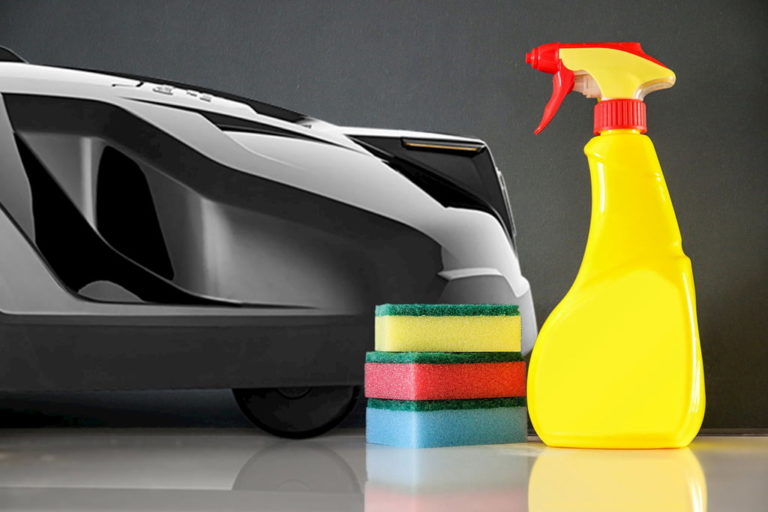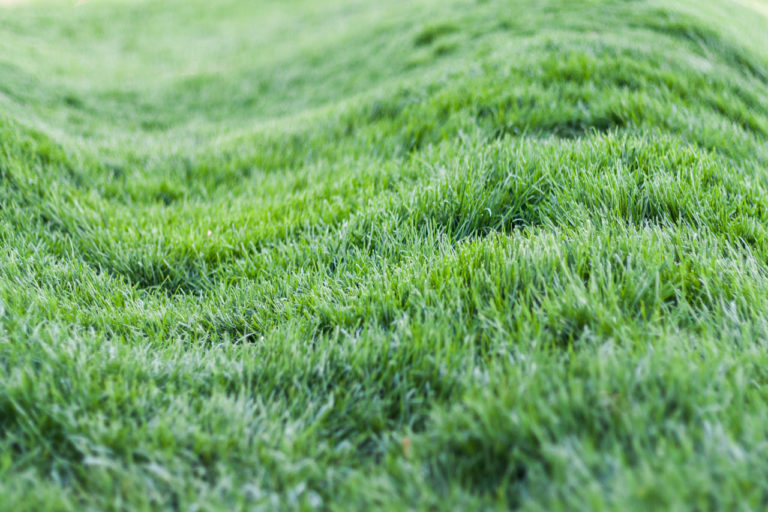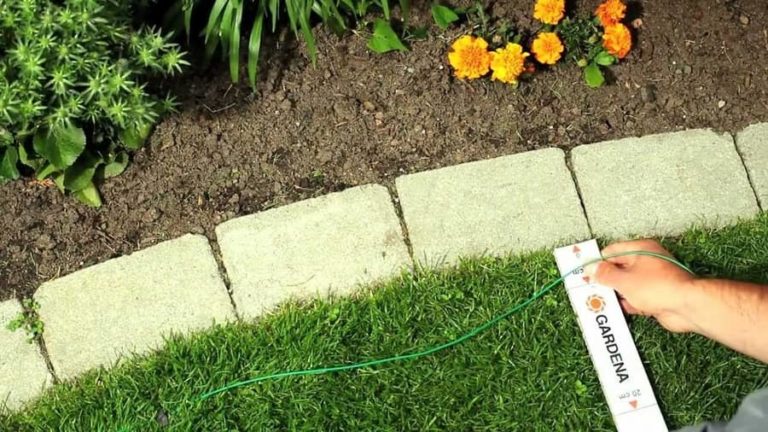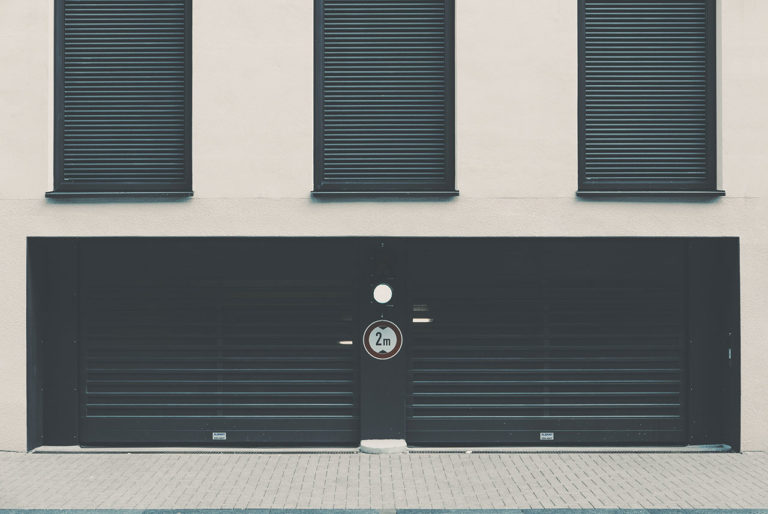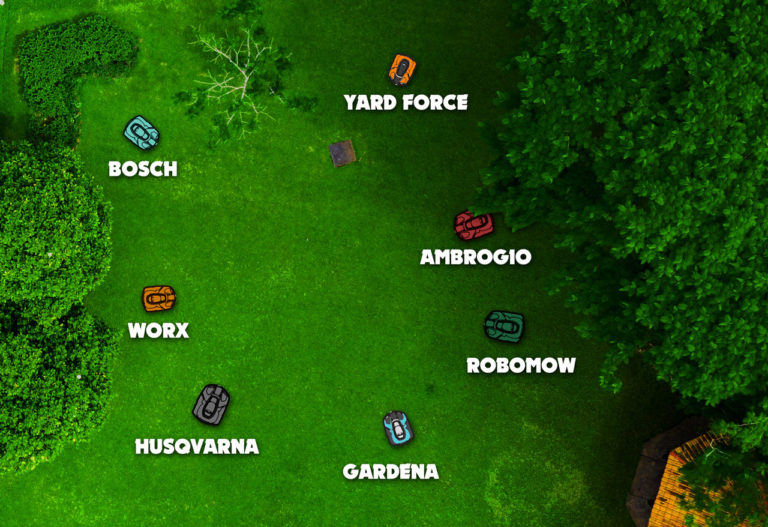By using a robotic mower, the lawn is fertilized practically daily, because the robotic mower mulches the lawn. Each time it mows, it cuts off only a small tip at the top of the blades of grass, which then end up very finely shredded in the lawn, providing nutrients as they decompose. But does this mean that you no longer need to fertilize your lawn?
Does the use of a robotic mower mean that the lawn no longer needs to be fertilized? Although the mulching principle of the robotic mower constantly supplies the lawn with new fertilizer, this only covers up to 40% of the grass’s nutrient requirements, as lawn mulch can only provide certain nutrients and not in sufficient quantities. Therefore, additional fertilizer must be applied to compensate for this deficit.
A robotic mower therefore reduces the amount of fertilizer needed, but does not make it completely superfluous. In this article I will explain how to fertilize your lawn when you use a robotic mower.
Contents
Therefore the lawn needs additional fertilization
For your lawn to have the perfect growing conditions, it must always be provided with a certain amount of nutrients in a balanced ratio. It is true that the decomposition of the mulch by soil organisms adds some nutrients to the lawn, especially nitrogen.
However, these are not sufficient for an optimal supply of the lawn, as many nutrients are also missing or are not available in sufficient quantities. In addition, the amount and speed with which the nutrients of the lawn mulch are made available depends on the soil activity.
In cold or very dry conditions, this is very low, so that only very little lawn mulch is converted into nutrients. This is especially the case when grass starts growing in the Spring, and in dry periods in summer.
Why does the lawn need to be fertilized at all?
The lawn in your yard is a cultivated plant. These are plants that are purposefully bred and grown as useful or display plants through human intervention.
Such crops can only thrive where people want them because they create the right conditions for them there. This also means that exactly the right nutrients must be available. Every plant has its own preferences when it comes to nutrients.
However, permanent and area-wide planting of the same area will permanently leach the soil. The plants only consume very specific nutrients that are necessary for them, and after a while there are simply none left.
This process is called soil leaching. The nutrients have to be replaced again and this is best done with fertilizer. In this way, you can compensate for the nutrient deficits that arise in the long run when the lawn is continuously growing in the same area.
What happens to the lawn if the nutrient supply is insufficient?
But what actually happens if your lawn is not supplied with sufficient nutrients? A permanent nutrient deficiency can have very negative consequences for the lawn. One of the first consequences is that the lawn grows more slowly and less vigorously, which means that more weeds and moss will settle in the lawn.
But the lawn also becomes more susceptible to lawn diseases, especially fungal diseases, which can spread more easily if the lawn is weakened.
In addition, the lawn simply no longer looks as healthy and strong as it would otherwise. Unfortunately, the aesthetics of a malnourished lawn are, in short, permanent, if there is no sufficient, permanent supply of nutrients.
What nutrients does the lawn need?
The three most important nutrients the lawn needs are nitrogen, phosphorus and potassium.
Nitrogen helps the blades to grow healthily and gives them a rich green color. It also improves the plant’s ability to regenerate, e.g. after damage or disease infestation.
Potassium improves the resilience of the lawn and makes the grass more resistant to diseases. Grass can also cope more easily with extreme temperatures if they have an adequate supply of potassium.
Phosphorus has a very similar effect to nitrogen. However, it particularly promotes growth in the root system. Due to its regulating effect on the plant’s energy balance, it also has an effect on the entire growth of the plant, as well as the green coloring.
These are only the most important nutrients. But there are other nutrients that also have a positive effect on the development of the plants.
Magnesium adds to the rich green color of the lawn. It also improves the health of the lawn.
Sulphur ensures that plants can develop proteins that they also need to build up their immune system. Sulphur also makes for a healthier lawn and prevents diseases such as fungi and other pests.
However, these are by far not all the nutrients used by the lawn. Many other nutrients play a small part in processes in the grass plant, including calcium, iron, copper, zinc, manganese, nickel and boron. However, the plant uses these in much smaller quantities.
Which fertilizers are available and which should you use?
There are many types of fertilizer. Here I will first give you a short overview of how fertilizers are generally classified. Then I will show you which fertilizers are especially suitable for you if you use a robotic mower on your lawn.
Organic vs. mineral fertilizer
Fertilizers can be roughly divided into organic and mineral fertilizers. The difference is quite simple. With organic fertilizers, the minerals are not yet present in their final form in which the plant can use them. Instead, they are organic compounds that must first be decomposed by organisms in order to make them available to the plant as nutrients.
The advantage of such fertilizers is that, due to the slow decomposition of the fertilizer by soil organisms and minerals, the nutrient supply is more continuous. The plant is not “flooded” with a huge amount of nutrients at once, but the nutrients are slowly made available to it over time, as the fertilizer decomposes in the soil.
With mineral fertilizers, as the name suggests, the nutrients are already present in their pure mineral form. This means that no further decomposition of the fertilizer by soil organisms takes place, but the nutrients are already directly available.
With such a fertilizer you can make nutrients available to a plant very quickly. This is usually the better option for acute nutrient deficiencies that need to be compensated quickly.
There are also combinations of both types of fertilizer.
Single nutrient fertilizer vs. multi-component mixture
Plant fertilizers are commercially available as single-component fertilizers or as a mixture of several components. A single nutrient fertilizer contains only one specific mineral substance with which you can compensate for a specific deficiency. However, these fertilizers are used more in the professional sector.
The compound fertilizers are available for normal petrol consumers. These contain combinations of nutrients that are optimally adapted to the needs of specific plants. The advantage: you don’t really need to know yourself which nutrients certain plants need in which proportions, because the right mixture is already included.
For example, there are special mixtures for green plants & houseplants, for useful plants (e.g. if you grow tomatoes on the balcony) or even lawn fertilizer. And there are also other kinds of differences. For example, there are special fertilizers that have been specially developed for lawns on which a robotic mower is used.
Special robotic mower fertilizers
The fact is that your lawn is supplied with nutrients by the mulching of the robotic mower, but the nutrients provided by the decomposing lawn mulch are not evenly distributed and are also not sufficient, since only a small portion of the nutrients contained in the lawn mulch is ultimately available to the plant.
Ordinary lawn fertilizer simply contains the nutrients a lawn needs. Robotic mower fertilizer, on the other hand, specifically fills the nutrient gaps that arise when mulching with lawn mulch. In this way, the lawn mulching by the robot can still be used, while nutrient deficits are compensated by the fertilizer.
Mostly a combination of immediately effective and long-term nutrients is included, which fill “gaps” in the supply in different situations. In this way an insufficient supply is compensated.
When and how often should you fertilize the lawn?
Lawns are best fertilized in Spring and Autumn. The frequency of fertilization also depends on the use of the lawn and the type of lawn. Sparsely used display lawns require relatively little fertilizer and can be fertilized just twice a year. One application can then be applied in Spring and one in Autumn.
If the lawn is more strained and is a more robust and faster growing lawn, such as play turf, utility turf or even sports turf, it can and should be fertilized more often. Two times in Spring and two times in Autumn. Instead of two Spring fertilizations, one can also be postponed to the middle of summer.
What influences the demand for fertilizer?
The amount of nutrients provided by the mulch depends on the activity of the soil. The activity of the bio-organisms in the soil, which ensure that organic material is converted back into minerals that are necessary for the plant, depends on the current living conditions.
With the right combination of sufficient moisture and moderate temperature, soil organisms can work well. But if conditions are unfavorable, say if it is too hot and the soil is dry, the bioactivity will not be as high. The same applies to low temperatures.
Therefore, it is possible that despite the presence of lawn mulch, the nutrients do not reach the lawn. In these cases, the long-term nutrients from a robotic mower fertilizer are effective, which then compensate for such “failures” in the nutrient supply by the lawn mulch.
In addition, the nutrient requirements are also influenced by the type of lawn use or the type of lawn. Sports turf, for example, can use up to twice as much fertilizer as display turf.
How much fertilizer you should use
How much fertilizer you should use, of course, depends a little on the fertilizer itself. The packaging should generally state how much you should use. For most fertilizers, however, 4.5 to 6.5 lbs of fertilizer per 100 square meters is sufficient. Be sure not to over-fertilize the lawn, as this can also damage the lawn.
Related questions
I use a robotic mower and my lawn turns brown and frayed. Why? There can be various reasons why the lawn turns brown and frays when using a robotic mower. Mostly it is because the mower blades are no longer sharp. Also, during dry periods in summer, the cutting height should be set higher so that the lawn can better protect its roots from the intense sunlight.
Since I have been using a robotic mower, lawn thatch has been forming on my lawn. If a robotic mower is used on a lawn area and lawn thatch forms there, this usually has one of two causes. One is that the robotic mower mows too seldom: then the lawn mulch is too long and leads to thatching. Another cause can also be a lack of nutrients, because the lawn mulch is not sufficient to fertilize the lawn sufficiently.
